Knitting needles are the simplest of tools. In the hands of a skilled knitter, two pointed sticks, preferably smooth, in any relatively rigid and sturdy material can turn a ball of yarn into a useful garment.
But beyond the basics there lies a world of options and a broad range of price points. Straight, circular, or double pointed? Wood, metal, or plastic? How about interchangeable? Today I'll show you which needles I use. I'll also show you how I store those needles so I don't loose knitting time hunting down the one I need.
The best investment is in the tools of one's own trade. —Benjamin Franklin
FYI: I paid for each item mentioned here. None of the links are affiliate links. I receive no compensation for mentioning these products.
My Needles of Choice: Circular, Wood Tips, Interchangeable
Like most, I learned to knit on straight needles—shiny aluminum needles 14 inches long. Fortunately, knitting needle technology progressed along with my knitting skills, and I now use circular needles almost exclusively.
I like the versatility of circular needles. With circular needles, I can knit either flat or in the round. Who hasn't struggled with trying to squeeze 30 inches worth of stitches onto a 14-inch needle? With a long-enough circular needle, I can knit an entire blanket. With straight needles, you are moving the weight of all the stitches with every stitch; on circular needles, the weight of the bulk of the knitting rests comfortably in your lap.
I still own a few random straight needles but I use them when something needs poking, not for knitting.
I have knit on just about any needle material you can name: various plastics, aluminum, stainless steel, brass, bamboo, and all sorts of wood. For many years, I favored bamboo circular needles. I liked their light weight, their warmth in my hands, and their lack of metallic clickety-clack. But with heavy use, my bamboo needles developed dents and grooves. After all, bamboo is a grass, not wood. My favorite needles now are made of hardwood.
While interchangeable needle sets are undeniably an investment, they will save you money in the long run. Most sets come with tips in at least 8 different sizes, along with cords in at least 3 different lengths. That means you can make 24 different combinations of needle size and cord length with just one set. Unless you only ever use one or two needle sizes, it makes good financial sense to invest in a set of interchangeable needles.
My Interchangeable Needle Tool Kit
This Interchangeable Needle Case from Knit Picks holds three complete sets of interchangeable knitting needles. Fully loaded, it's about the size of an average hard-cover book. I can easily toss the case into a knitting bag or suitcase and know I’ll be prepared for any knitting opportunity. Yes, I wish it was leather instead of vinyl, but the quality is great. I've had this case for maybe five years, and it shows no signs of wear.
The case opens with a 2-way zipper. In the center is a sewn-in needle sleeve with 10 pockets on each side to hold interchangeable needle tips. Each side of the case is home to a zippered pocket.
Why Do I Have Three Sets of Interchangeable Needles?
I like to have some contrast between the color of my needles and the color of the yarn. So, I have one set made from birch, and a second set with tips made from cocobolo (a dark reddish-brown tropical hardwood from Central America). I use the lighter birch needles with darker yarn and the darker cocobolo needles with light-colored yarn. Sadly, the cocobolo needles have been discontinued. Each set has nine pairs of tips, in sizes US 4 (3.5mm) to US 11 (8mm). Each set came with cables in three different lengths, plus end caps (replace the needle tip with an end cap to make a stitch holder), a cable connector (joins two cables together to make a longer one), and a couple of cable keys (used to tighten the screw-in connection between cable and tip). Since both the birch set and the cocobolo set are from Knit Picks, all the parts are interchangeable.
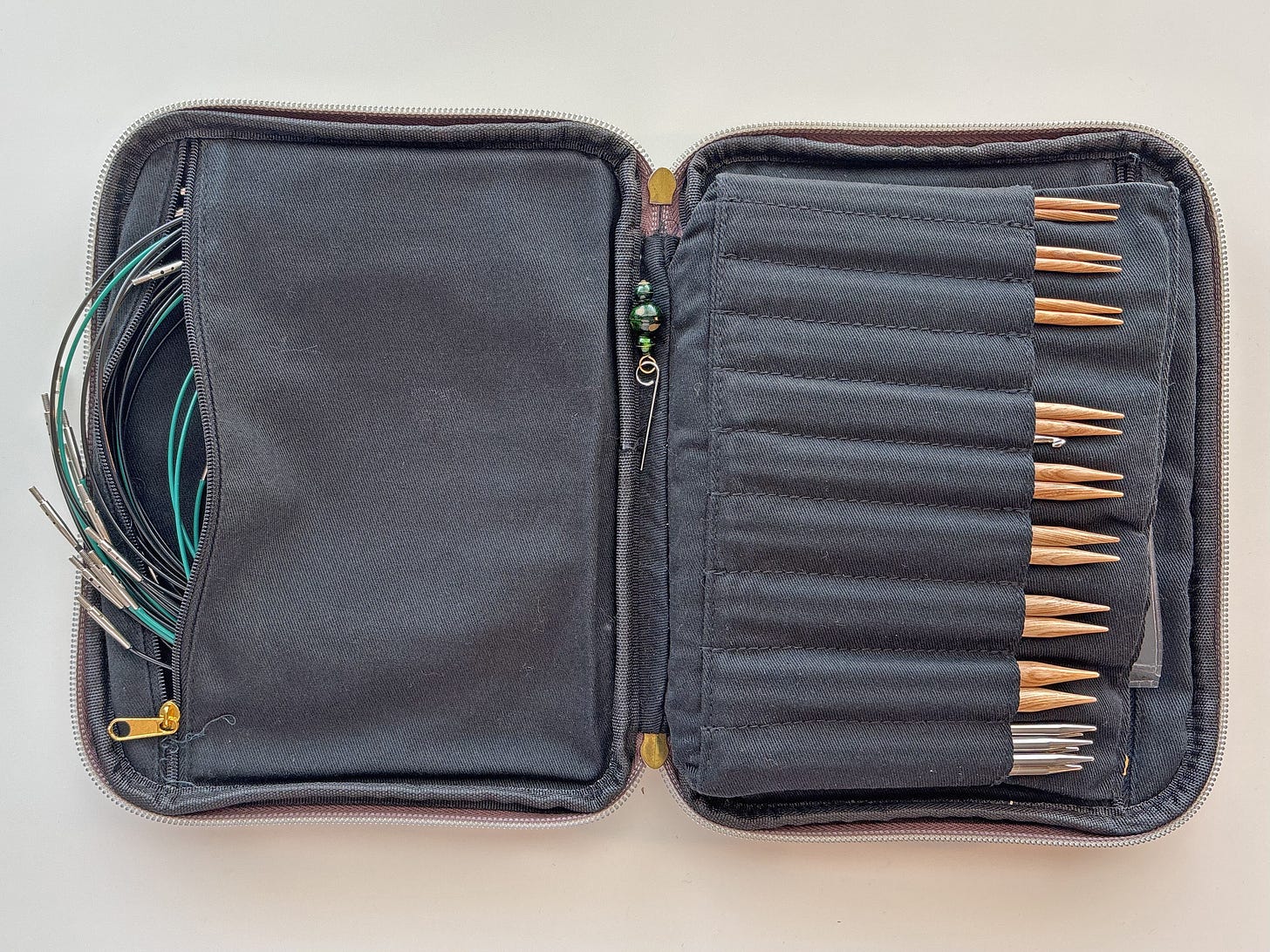
Both sets described above have 5-inch-long tips. The shortest circular needle that can be made with these sets is 24". So, my third set of interchangeable needles are "shorties" with tips 2 7/8" long, and cords that will make 16" long needles. These short tips will also fit on the longer cords from my other sets, allowing me to mix and match to make needles of nearly any length I choose.
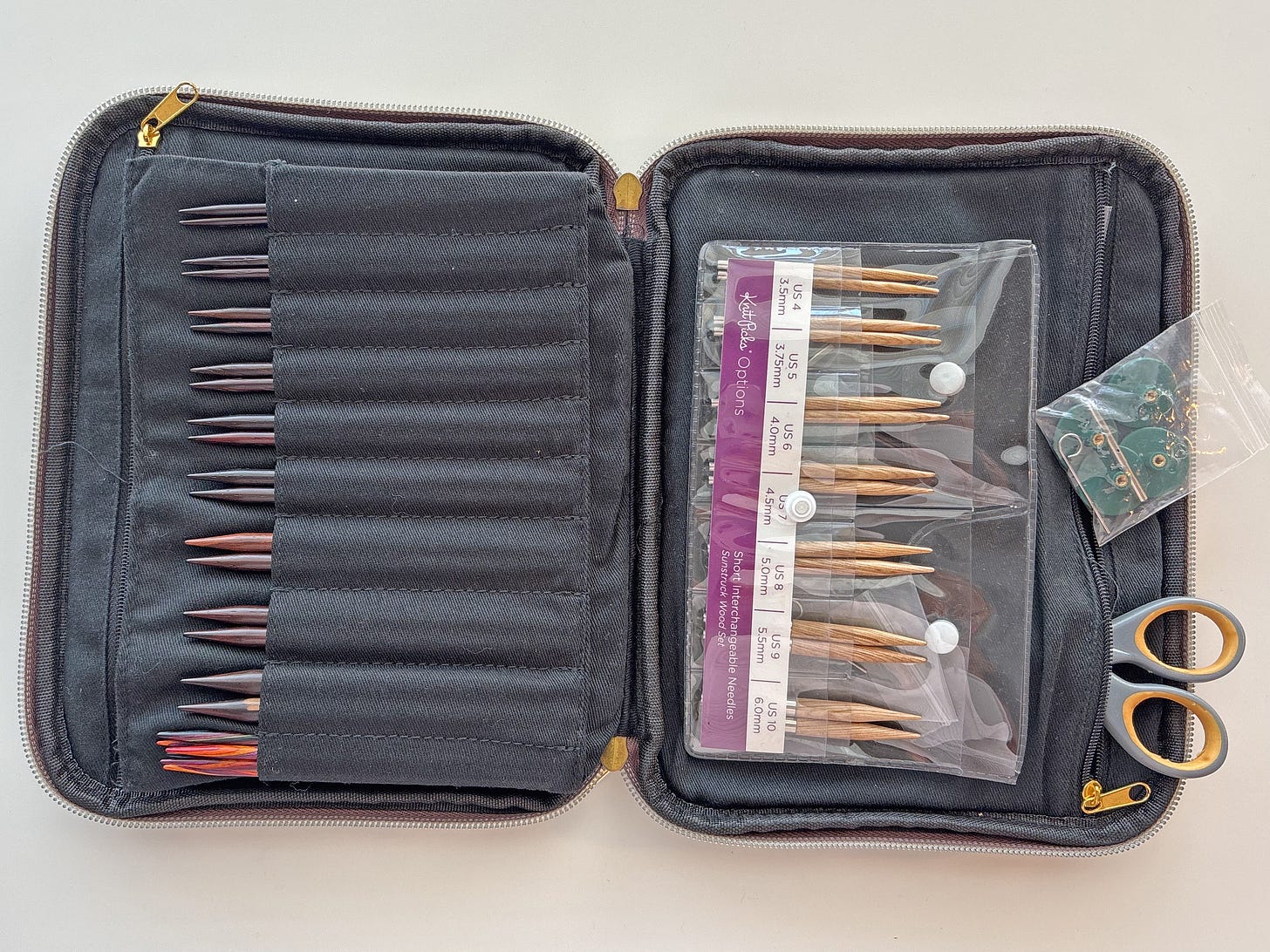
I find the Knit Picks Options interchangeable needles durable, even with years of daily use. The finish has not chipped or scratched. The cords have not become rough or brittle. The needle size is engraved on the metal fitting of each needle tip, so it doesn't wear away. The points are just the way I like—pointy enough to dig into complicated decreases, but not so pointy that they draw blood.
Yes, interchangeable needles are an investment. And three full sets might seem like overkill, especially if you don't knit as much as I do. But these are the tools of my trade. These Knit Picks needles are some of the most affordable sets on the market. And years of trial and error have taught me which needles work best for the way I knit.
How about you? Do you have a favorite needle style, material, or brand? Do you share my appreciation for interchangeable needles? Tell us about it in the comments!
I'm late to the party on this book, but I'll add my voice to the chorus of praise for The Women, by Kristin Hannah.
This is the story of Frankie McGrath, the daughter of a Southern California military family who joins the Army Nurse Corps and does two tours of duty as a combat nurse in Vietnam. The descriptions of harrowing 18-hour shifts in the operating room of an evac hospital are incredibly vivid. The story of Frankie's experience on her return home as a veteran is heart wrenching.
Julia Whelan was just awarded the Audie for Best Fiction Narrator for her narration of the audiobook, and I'm not a bit surprised. It is rare that listening to a book brings tears to my eyes. This one did.
Some things that caught my eye…
My son sent me the link to this Facebook post about a woman in Scotland who knit a fence for her garden. My hands hurt just thinking about it, but the result sure is beautiful.
Take a moment to listen to Robert Hayden reading his short but heart-stopping poem Those Winter Sundays:
Thanks to Mondays Are Free for the prompt and the link.
As I sit down to write each week, I'm filled with gratitude for you. Thank you for letting me share a little space in your brain. Your support buoys me.
Continue the conversation—leave a comment telling us about your favorite knitting needles and why they deserve that distinction!


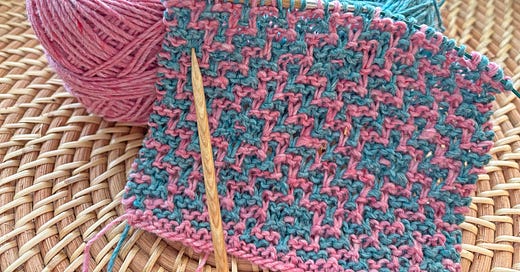



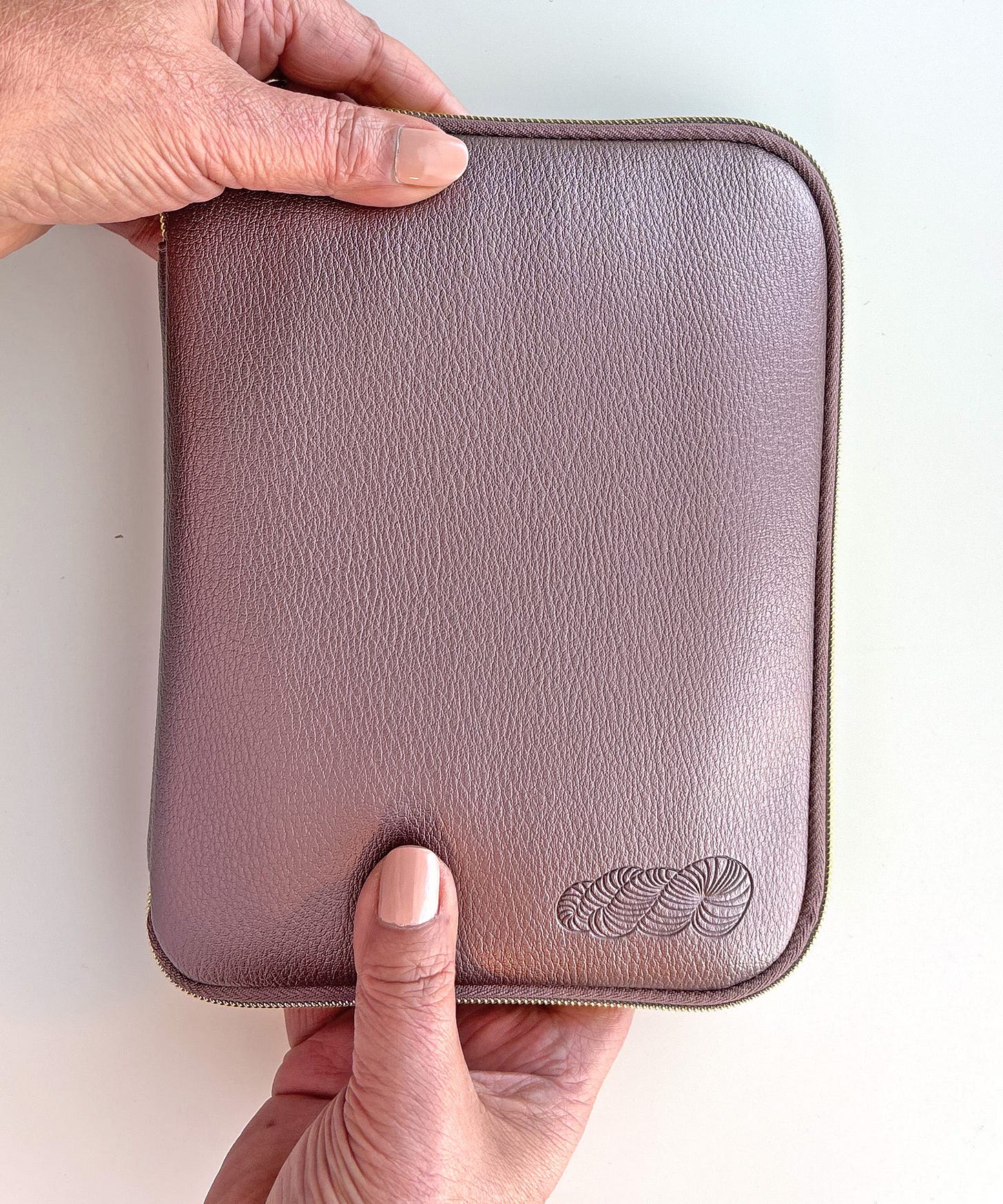
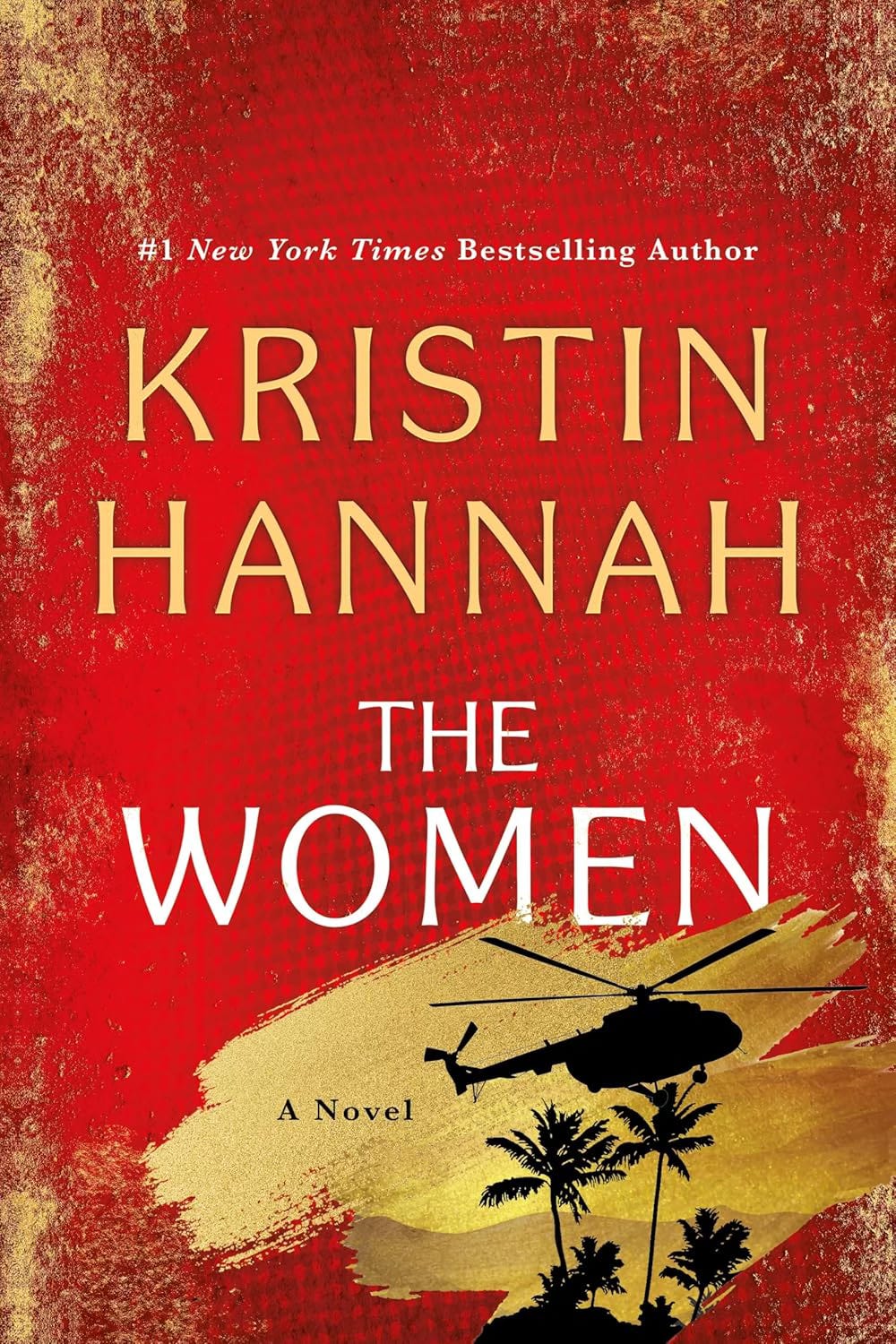
I don't think I will knit a fence any time soon but I love the creativity of crafters!
Most of my needles are Crystal Palace straight needles, yes they are over 40 years old. I am just now discovering interchangeable circular needles.
I read "The Women" and loved it, highly recommend.
I purchased my first set of interchangeable needle decades ago. They were ‘Denise’ brand I believe. Pretty chunky, connections that catch and the plastic cord was the same as the smallest needle.
I’m sure glad that things have progressed.
I have a color-coded set and several individual tips.
I have recently been trying our square needles. I do like them both wooden and metal.
The most important thing to me is that the join not catch.
And I agree, it’s all about the tools!